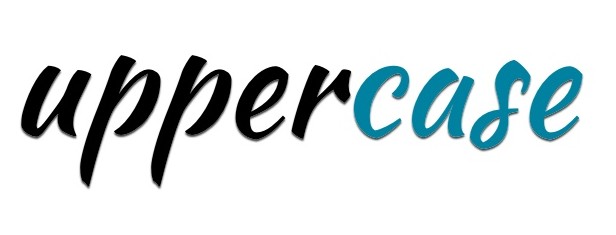What is PHP? PHP is a widely-used open source general-purpose scripting language that is especially suited for web development and can be embedded into HTML. PHP is an HTML-embedded scripting language . Much of its syntax is borrowed from C, Java and Perl with a couple of unique PHP-specific features thrown in. The goal of the language is to allow web developers to write dynamically generated pages quickly. PHP stands for PHP: Hypertext Preprocessor . This confuses many people because the first word of the acronym is the acronym. This type of acronym is called a recursive acronym. PHP as it's known today is actually the successor to a product named PHP/FI. Created in 1994 by Rasmus Lerdorf, the very first incarnation of PHP was a simple set of Common Gateway Interface (CGI) binaries written in the C programming language. Originally used for tracking visits to his online resume, he named the suite of scripts "Personal Home Page Tools," more frequently ref



